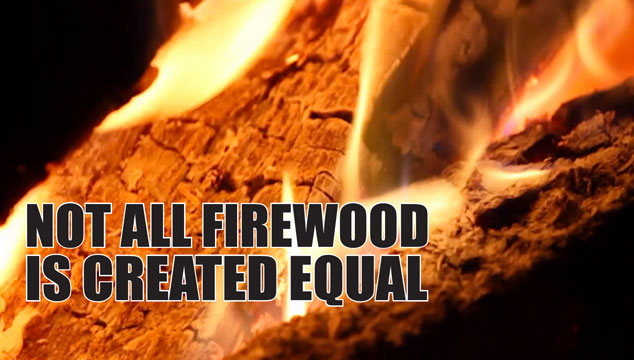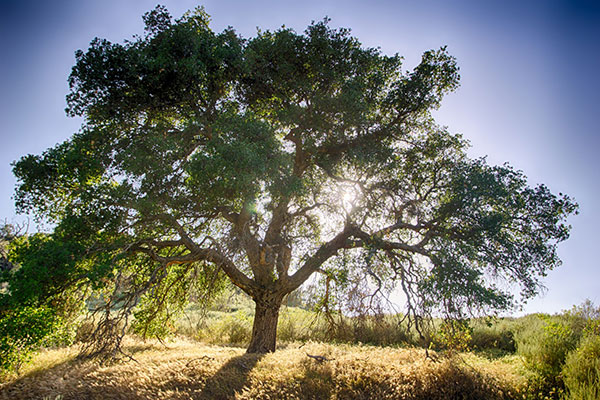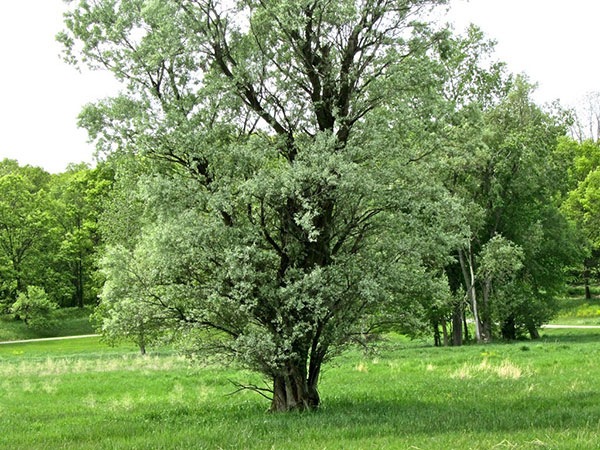
With the colder months fast approaching many of us are trying to lay in our supply of wood. Heating with wood is something I really enjoy. We have a fireplace and, when it eventually gets cold enough in Florida, it gets put to use.
Some of my greatest memories as a kid was going to my cousin’s house early in the morning before venturing into the woods. We would gather in his living room around a large cast iron wood stove. The heat and light it gave off always offered comfort in a way that few other heating methods can. Plus heating with wood has the added benefit of not being grid dependent. If the power goes out, that fireplace or wood stove will still work.
That’s the main reason I’m not a fan of the pellet stoves. I know they’re more efficient and provide more even heat. But there is something about collecting firewood, for free in many cases, then heating your home with it. Plus burning real wood warms you up three different times. Once when you cut and buck it, then when you split and stack it, and finally when you burn it. There’s a lot to be said about performing manual labor to meet your basic needs.

Keep in mind that not all woods are created equal when it comes to using it in the stove or fireplace. When most people talk about firewood they often refer to the cord. One hundred twenty-eight cubic feet of stacked wood is considered a cord. This leaves a lot of room for variance because the size of the pieces and the space between them could mean as much as a 25% reduction in actual wood.
However we can average these numbers out. For instance, a cord of live oak contains roughly forty-eight hundred pounds of wood. That’s over two tons! Those two tons contain a little over thirty-six million BTUs of heat. Live oak is one of the best firewood.

In contrast, one of the worst is cottonwood. A cord of cottonwood weighs in at just over two thousand pounds. This is less than half that of oak and only provides around fourteen million BTUs. These two cords would take up the same amount of space/fill the same volume. But as we can see, the oak would provide considerably more heat and burn a lot longer.
Another common wood in the east is the eastern white pine. It only fares slightly better than the cottonwood, coming in at two thousand two hundred thirty-six pounds per cord and providing just over fourteen million BTUs. The pine family of trees are a poor choice for firewood for a number of reasons. Not the least of which is the low BTU output. But also they require added maintenance to the stove or fireplace.
The amount of resin contained in the wood causes the need for frequent cleanings due to the risk of a chimney fire. Although out west, lodgepole pine is a popular wood because of its availability. It weighs in at two thousand two hundred eighty pounds and produces a little over twenty-two million BTUs per cord.

Another popular wood is spruce. This is another poor choice. Spruce weighs in at two thousand two hundred eighty-six pounds and provides about sixteen million BTUs per cord. Contrast this with maple that weigh in at three thousand seven hundred fifty-seven pounds and produces twenty-four million BTUs per cord.
As we can see, the hardwoods will perform better than the softwoods. But in many cases hardwood simply isn’t available. Or the less efficient softwoods are more abundant and easier to acquire. It’s good to know what your firewood is capable of producing. This will also allow you to make educated decisions when there is a choice. Knowing the numbers on your firewood ensures you’ll store enough to get through a long winter.
